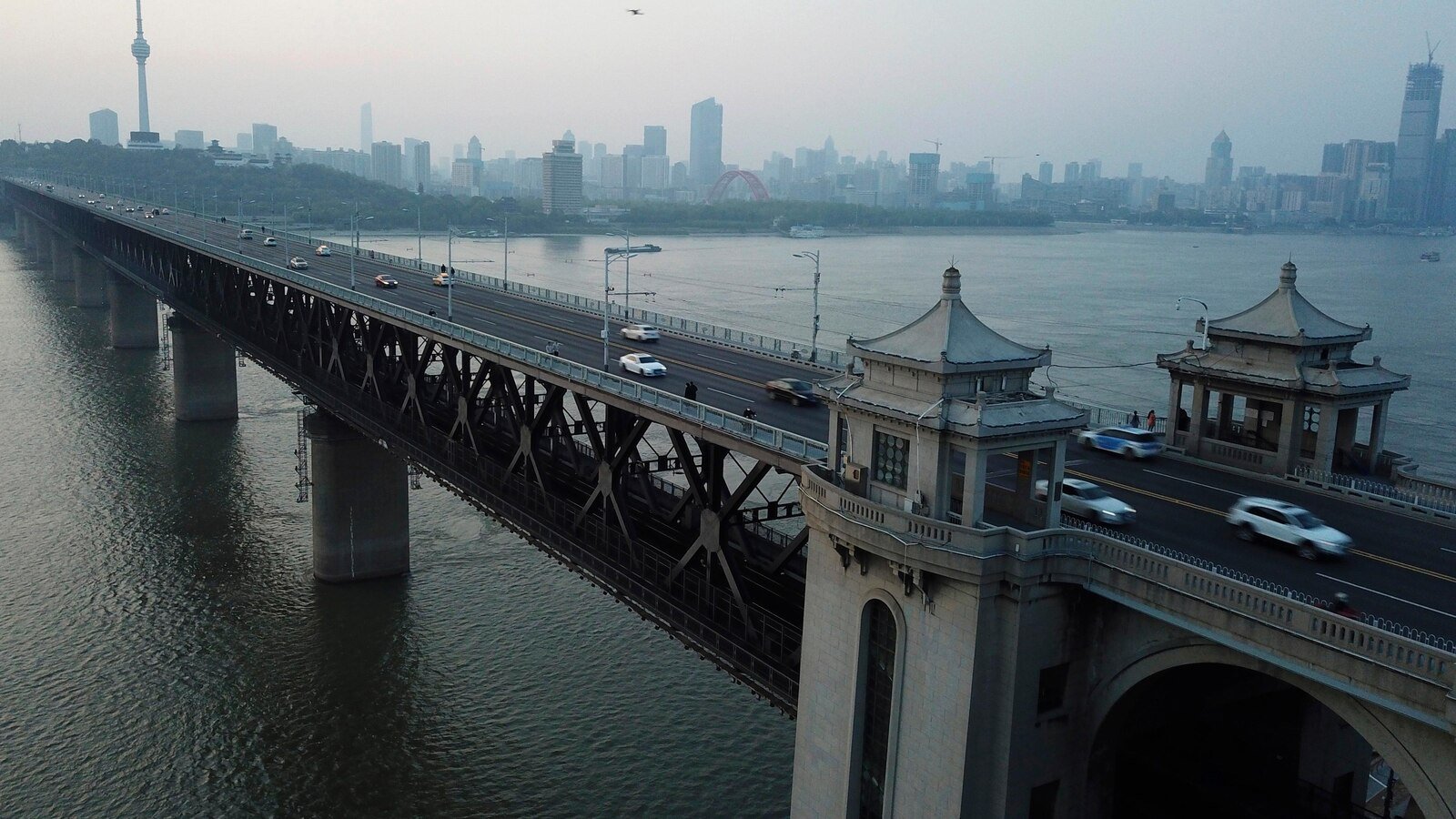China’s economy showed deceleration signs in April as that of President Donald Trump Commercial War He took a toll, with retail sales, properties and investments in weaker than economists had predicted.
Industrial production slowed as the painfully high tariffs of Trump of up to 145%and 125% of reprisals imposed by Beijing, entered into force and Shipments were reduced.
The spokesman for the National Statistics Office, Fu Linghui, said that the general trend was positive, although he pointed out “external clashes” that had gained intensity.
“It should also be taken into account that there are still many unstable and uncertain external factors, and the basis for the recovery and continuous improvement of the national economy must consolidate more,” said Fu.
Here are some key indicators reported on Monday.
Chinese consumers have been delayed after the clashes of a prolonged recession in the real estate market that is the source of much domestic wealth. Retail sales increased 5.1% compared to the previous year in April, below the expectations of economists for an increase of 6%.
Fu said Beijing would continue to focus on supporting job creation and stimulate more internal demand.
He also said that China should prevent prices from falling. The consumer price index fell 0.1% in April. This deflation is a weak demand symptom and also a factor behind the reluctance of buyers to spend, hoping to obtain better offers later.
“The current general price level is low, which exerts pressure on the production and operations of companies and affects jobs and income, so it is important to promote a reasonable recovery of prices,” said Fu.
On the United States side Consumer’s feeling It has fallen slightly in May during the fifth consecutive month, with the increasingly concerned Americans that the Commercial War Inflation will worsen.
Industrial production increased 6.1% compared to the previous year, slowing down from 7.7% in March As the rates and other commercial barriers borders exports.
The truce in Trump’s commercial war with China has helped, said Fu, calling it “conducive to the growth of bilateral trade and the recovery of the world.”
With the tariffs arrested for 90 days to give time to the conversations, the shipments have been revived as companies rush to meet with the deadlines for school and other seasonal deadlines.
But even before Trump assumed the position for the second time in January, China was under the pressure of its commercial partners because it depends too much on exports to absorb its excess industrial production.
And if production continues to exceed the demand of companies and consumers, prices will continue to fall.
“The profits promoted by export in factory production could continue to give the manufacturing competitiveness of China and the frontier orders before the end of the 90 -day truce, but this is reaching a persistent deflation cost,” Louise Loo of Oxford Economics said in a report.
The Government reported that the fixed investment of assets in things such as factories and equipment increased by 4% in April in the first four months of the year.
However, real estate investments fell 10.3% year -on -year in January to April. The new housing prices are also reduced.
While manufacturing remained better than expected, trade pressures are complicating Beijing’s effort to maintain housing change and maintain economic recovery along the way.
“Establishing a national channel is taking some time, since the recovery of the real estate market is still unequal and gradual. It is possible that pessimism and uncertainty related to the rate keep more buyers on the sidelines in April,” said Lynn Song, chief economist of Greater China Economics in Ing Economics in a report.





